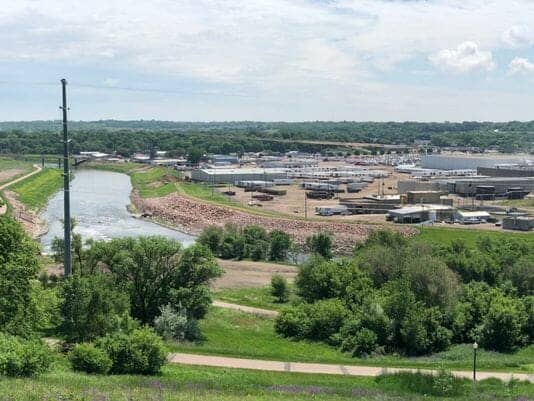(Photo: Bart Pfankuch / SD News Watch)
From a riverbank or roadside, South Dakota’s waterways appear placid and picturesque.
The tree-lined Big Sioux River meanders smoothly and silently along the state’s eastern border. The mighty Missouri rolls below cliffs and ridges on a curvy path through the center of the state. Rapid Creek glistens with crystal clear water as it flows out of the Black Hills through Rapid City and onto the western prairie.
But those impressive images don’t tell the unsettling true story of South Dakota’s rivers. A look beneath the surface reveals that from east to west and north to south, almost every waterway in the state serves as a dumping ground for human, agricultural and industrial wastes with dangerous consequences for human health.
In a first-of-its-kind analysis, South Dakota News Watch reviewed more than 100 water permits and inspection reports, examined a dozen scientific studies and interviewed nearly three dozen people to investigate the quality of state rivers and identify threats. In a two-week, multi-part series, News Watch will outline the damage being done to state rivers, the sources of pollution and what can be done to turn […]
Full article: Rivers at Risk: S.D. waterways serve as dumping grounds for human, industrial, ag wastes
More about water in South Dakota:
Farmers drawing groundwater from Ogallala Aquifer faster than nature replaces it
Paper presents changes in Ogallala Aquifer groundwater quality
Early settler’s 139-year-old water right up for cancellation
Activists: Old uranium mines polluting Angostura Reservoir


